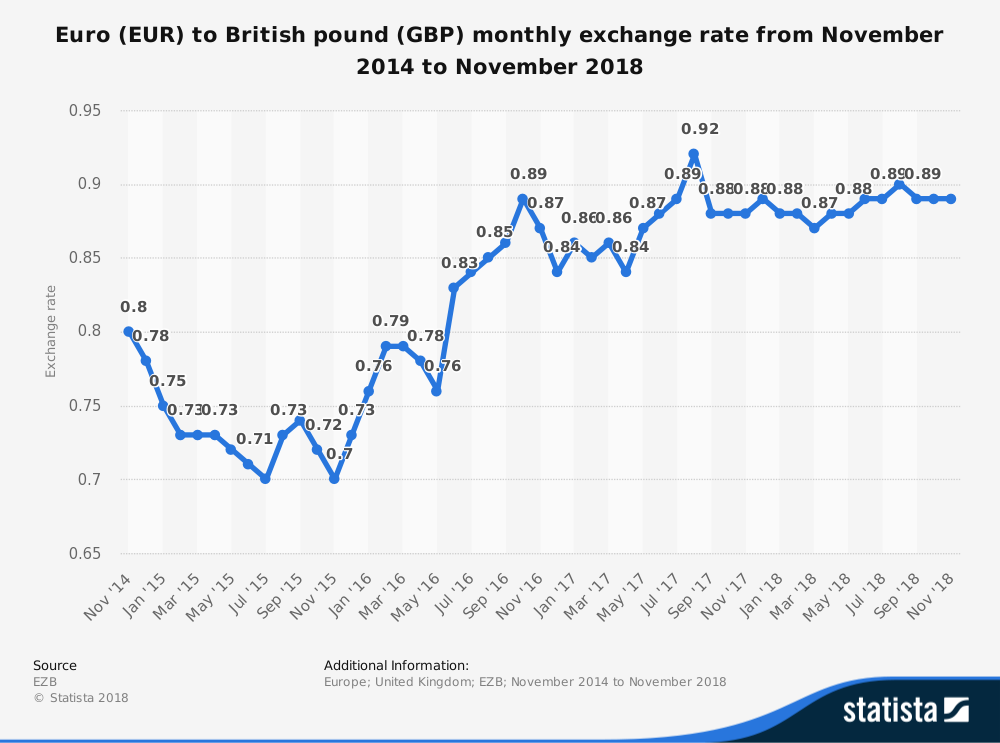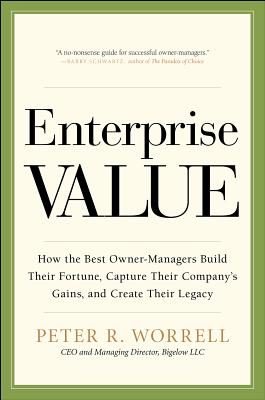Relative Strength Index RSI Indicator Explained With Formula
Contents
Adjusting to this level takes some rethinking on the part of the traditionally schooled chartists. Wilder considers overbought conditions ripe for a reversal, but overbought can also be a sign of strength. Bearish divergences still produce some good sell signals, but chartists must be careful https://1investing.in/ in strong trends when bearish divergences are actually normal. Positive and negative reversals put price action of the underlying security first and the indicator second, which is the way it should be. Bearish and bullish divergences place the indicator first and price action second.

So, there is no need for the traders to wait for the RSI to fall below 70. Similarly, a failure swing can take place if the RSI makes a higher top below the 30 level. However, both the indicators, have the differences. If you want to see the stock’s strength over a period of weeks on a daily chart, you could use RSI 20, which indicates a 1-month trend . This article discovers the Relative Strength Index stock chart indicator, possibly the most used chart indicator in technical analysis.
Week High Stock Trading Strategy
It also eliminates a lot of doubt area which is really helpful for new traders. Once you progress in your trading career and make better gains, you might want to look to methods using price action that are more subjective. At this point, you may be able to apply techniques specific to the security you are trading, which could increase your winning percentages over time. But again, this level of trading takes a ton of practice over an extended period. The RSI is also used to spot buy and sell signals, divergences, and to determine whether an asset is overbought or oversold.
- Elliott Wave theory is a method of technical analysis that Bitcoin traders look for recurrent long-term Bitcoin price patterns.
- If the trading platform doesn’t suggest adding other technical indicators, you can’t trade with the RSI’s combined versions.
- The disadvantage of Investing is that you can select securities only by the RS index with a period of 14 in the 1D timeframe.
- Cardwell considered bearish divergences to be bull market phenomena – in other words, bearish divergences are more likely to form in uptrends.
- There are five core indicators in the Moses strategy; you can use the best approach to eliminate most losses and compound your investments to beat the market.
- Now that you understand what RSI divergence is, let’s take a look at a few ways to optimize a divergence trading strategy.
When the oscillator breaks out level 70 from the top downward, it’s considered to be a sell signal. If it breaks level 30 from the bottom upward, enter a buy trade. The oscillator turns up in the oversold territory or down in the overbought levels.
When you start using a trailing exit, your win rate will probably go down. Another way to maximize your profits on a RSI Divergence trade is to trail your stop loss. Do not take trades before the candle closes and you get a verified divergence. Also remember that the candle has to close for it to be a true RSI divergence signal. Luckily, there are only a few variables that go into a valid divergence signal.
How to use the RSI
There also used the modifications, such as Silent RSI, RSI Divergence, and others. Some traders consider it a buy signal if a security’s RSI reading moves below 30. This is based on the idea that the security has been oversold and is therefore poised for a rebound. However, the reliability of this signal will depend in part on the overall context. If the security is caught in a significant downtrend, then it might continue trading at an oversold level for quite some time. Traders in that situation might delay buying until they see other technical indicators confirm their buy signal.

The significant signals delivered by the RS index. The disadvantage of Investing is that you can select securities only by the RS index with a period of 14 in the 1D timeframe. If the price goes up, and the oscillator line runs down, the price will jump up. To sum up, there are hardly any differences between the MT4 and MT5 platforms concerning the installation and customization of the oscillator. You can choose the thickness and the color of the lines, levels, and the fill color between the levels. At the top of the chart, click on the Indicators tab, and choose the RSI Indicator.
The first turned out to be weak, although ultimately, the pullback would not have triggered the stop, and the trade would have yielded a profit. You can’t set the levels with the accuracy of a few decimals. This tab allows you to set the indicator visualization on all timeframes or some of them. The levels value the value of the levels with precision to the fourth decimal place. If the parameter 0 is set, the value of the levels is 30, 70, etc. Price is the close recent price (i.e. current candlestick), Price(i-1) is the close of the previous period.
Sometimes it becomes difficult to differentiate which one is RSI and which one is the closing chart. RSI Divergence occurs when the Relative Strength Index indicator starts reversing before price does. A bearish divergence consists of an overbought RSI reading, followed by lower high on RSI.
I will also give you real-life examples of how to trade Forex with RSI. This option sets the chart window in the level range you enter. For example, if you enter the RSI values of 40/60, the indicator window will display only the content between the levels of 40 and 60. This is one of the most common calculation formulas, but not the only one.
How the Relative Strength Index (RSI) Works
You can see 6 different points on the example chart below, where the oversold line was crossed for Gold. In this instance, a trader might find it profitable to enter the trade. Click ‘Insert’ on the upper panel, choose Indicators. You’ll see a list of the indicators we talked about before.
Second, RSI must cross above 70 to become overbought. This scan reveals stocks that are in an uptrend with oversold RSI. First, stocks must be above their 200-day moving average to be in an overall uptrend. Second, RSI must cross below 30 to become oversold.
At the same time, price must make a higher high on the second peak, where the RSI is lower. In a bullish divergence situation, there must be an oversold condition on the RSI, followed asset quality meaning by a higher low on the RSI graph. Simultaneously, price must form a lower low on the second peak. This can lead to retracement, where the price bucks against the overall trend.
Difference between RSI indicator and MACD indicator
You probably understand that, but some new traders think that there’s a way to always be sure of a winning trade. The first thing to understand is that you cannot “confirm” any trading signal, in a way that would guarantee a profitable outcome. Here’s an example of bullish divergence on the AUDCHF. So it can help to re-enter a trade if your basic analysis of the trade stays the same. Price finds 2 new highs, but on the RSI, there are 2 new lows. You should never trade money that you cannot afford to lose.
Positive and negative reversals is another trading approach offered by Cardwell. He noted that the rule of direct divergence is not often observed. For example, a positive reversal occurs when the next low is higher than the low of the previous price correction down in the uptrend. In a bullish trend, the indicator line is most of the time between levels 40 and 80. When the price moves up from level 40, it is the right time to open a long position. When the RSI crosses the signal level, you enter trades when the price changes in the same direction as the indicator.
Forex, Gold & Silver:
The range between 70 and 100 is considered overbought RSI zone. It is based on the combination of the RSI, CCI, and stochastic. One enters a trade when the signals of all three technical analysis tools coincide. Signals are rare, but the accuracy is more than 80%. The strategy employs levels shifted in the price trend lines direction.
The Stochastic RSI indicator, also known as the Stochastic Oscillator, is one of a range of data tools that can be used to measure how strong a market is. It is an oscillator, meaning that it consists of a line that moves up and down and helps traders work out if something is overbought or oversold. Here, we tell you how it works, what it does and how to use the Stochastic RSI.
A trader might buy when the RSI crosses above the oversold line . This means that if the downtrend is unable to reach 30 or below and then rallies above 70, that downtrend is said to weaken. Investment values start to drop when demand for overbought assets begins to decline.
